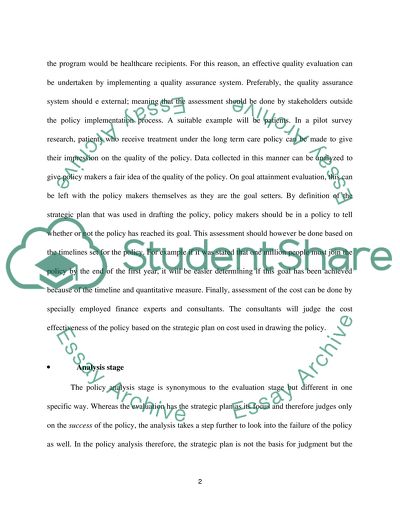Cite this document
(“The Policy Process, Part II Essay Example | Topics and Well Written Essays - 1500 words”, n.d.)
Retrieved from https://studentshare.org/law/1434120-the-policy-process-part-ii
Retrieved from https://studentshare.org/law/1434120-the-policy-process-part-ii
(The Policy Process, Part II Essay Example | Topics and Well Written Essays - 1500 Words)
https://studentshare.org/law/1434120-the-policy-process-part-ii.
https://studentshare.org/law/1434120-the-policy-process-part-ii.
“The Policy Process, Part II Essay Example | Topics and Well Written Essays - 1500 Words”, n.d. https://studentshare.org/law/1434120-the-policy-process-part-ii.


